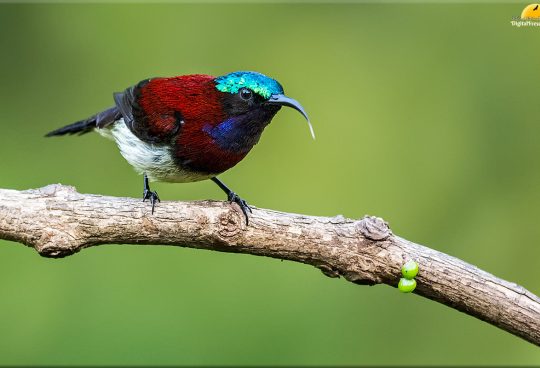The red rumped cacique (Cacicus haemorrhous) is a species of bird in the family Icteridae. Large cacique with a long, slender ivory bill. Found in the canopy of humid forests and may make migratory movements tracking the rains. Entirely black apart from a red rump that may be hard to see when perched. Note the blue eyes. Nests in colonies and builds large pendulous nests. It is a species of the Amazon Basin and the Guyanas in northern South America, and is only coastal there in the Guyanas and the Amazon River outlet to the Atlantic; a separate large disjunct range exists in all of south-eastern and coastal Brazil, including Paraguay, and parts of north-eastern Argentina. It is also found in Bolivia, Brazil, Colombia, Ecuador, French Guiana, Guyana, Peru, Suriname, and Venezuela.
The red rumped cacique is a conspicuous member of the forest community and can be found roaming in large flocks and nesting colonially in trees along the forest edge. Noisy like most forest caciques, the Red-rumped Cacique is typically found by its metallic squawking calls. The species is strikingly blue-black with a red rump and stout, tapered, pale bill. It feeds on insects and other arthropods, also small vertebrates, fruit and nectar. Not globally threatened and is classified as least concern by IUCN. Relatively scarce in N half of range, where it is rarer than C. cela; rare and local in Ecuador and much of Amazonia.
![]()






Sorry, the comment form is closed at this time.